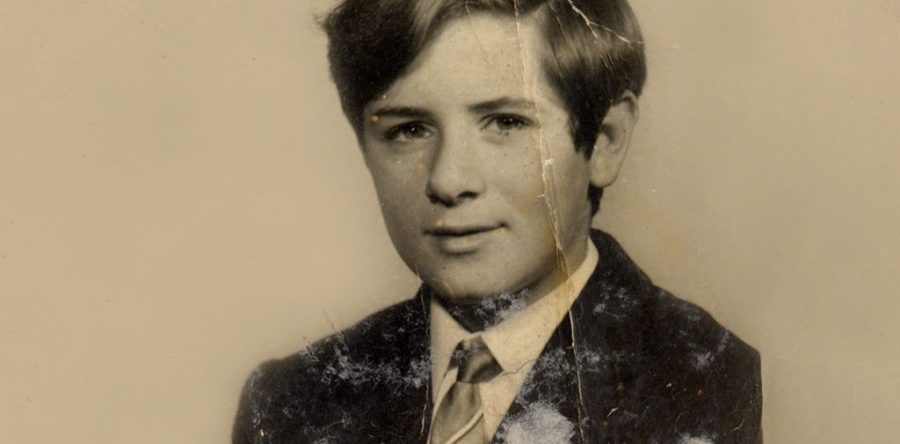Heritage

From an early age, Horacio was able to carve out his own intimate place in which he could focus on reading car magazines and sketching, inspired by what he read: just from one of these magazines, he was able to learn about the lives and businesses of the undisputed idol of all Argentinians, Juan Manuel Fangio.
By that time the pilot had just retired from racing, while Horacio used to spend most of his free time reading, drawing, analyzing, modelling and feeding on new technical and artistic know how.
Thanks to a special book, called “The Selection of The Reader’s Digest”, he discovers the genius of Leonardo da Vinci, which will have a great influence on his entire work and philosophy to come. He will find out that every object, every piece of creation must be beautiful and functional at the same time. In a dance of art and science, technology and design that will deeply mark all his upcoming work.

Horacio Pagani was about fourteen years old when he got a Sachs Televel engine from the 50s as a gift, damaged and out of use. Together with his friend Gustavo Marani, “Gustavito”, they were planning to build a go-kart as they shared the same passion for cars, thus they went to Carcarañà, a small village in the surroundings, to purchase four small wheels. When they realized that with one single go-kart they couldn’t have fun together, they soon gave way to the project of two minibikes.

Pagani would then proceed to study industrial design and be offered a part in design projects in the automotive space. These included an RV Camper van and even an F2 car. Recognition from his idol, the iconic Juan Manuel Fangio led to connections that provided an opportunity for Pagani to work at Lamborghini back in Italy. (He resided in Argentina at the time). In 1985 Horacio Pagani and his team built the very first car entirely made of composite materials, the Countach Evoluzione, which will lay the basis for all future applications of carbon fiber and composite materials in the automotive industry. Two years later, on the occasion of the twenty-fifth anniversary of the company, Lamborghini decided to resume the restyling of the Countach and the project was entrusted to Horacio Pagani and this represented a great opportunity for him. He sketched some solutions for the new parts of the car, which were then realized and had an extraordinary commercial success.

To finance the Zonda project, Modena Design develops composite materials for many companies of the industry and not, participating in both the construction of prototypes and the manufacture of parts for Formula 1 and for the aerospace industry. During this incessant work the company gets to an always deeper knowledge on carbon fiber, which led to the design and realization of the first 100-percent Pagani car.
The Zonda C12 was introduced at the 1998 Geneva Motor Show to much critical acclaim leading to the success today of the Italian hypercar company.






